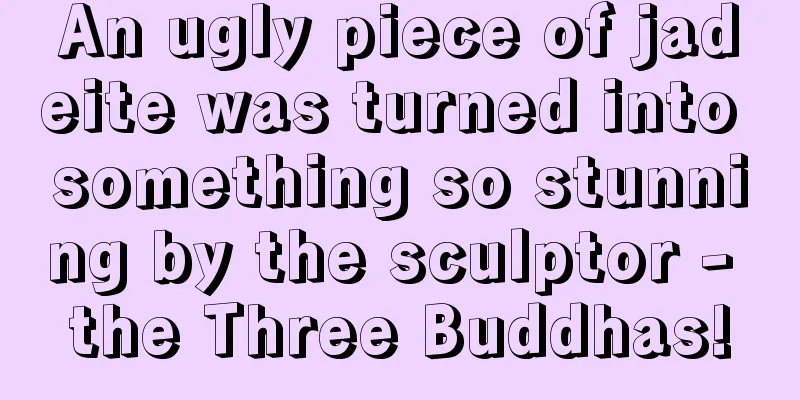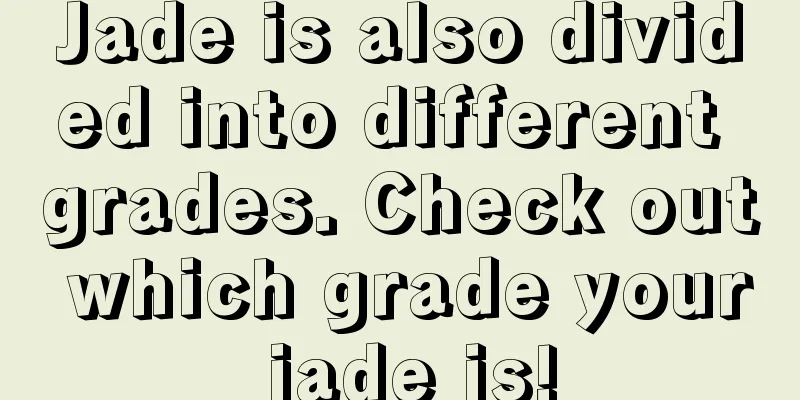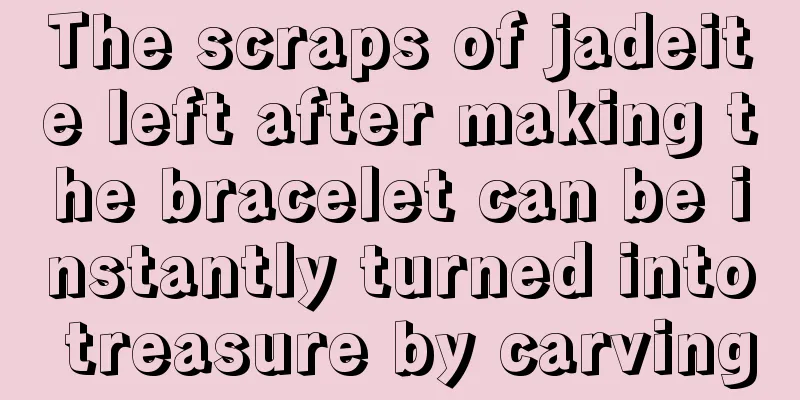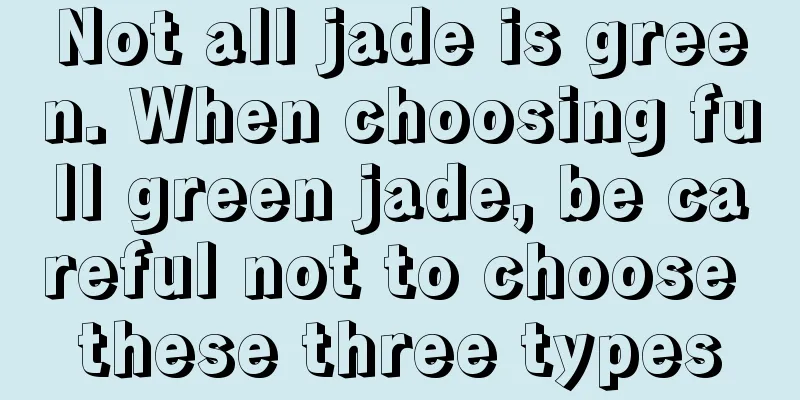“Good jade does not need carving” or “Good jade goes with good craftsmanship”? You will know after watching it
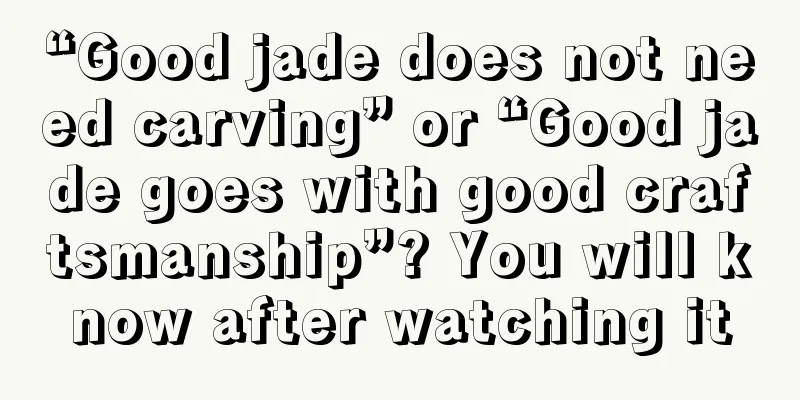
|
There has been a long-standing debate over the two views on jade carving: "Good jade should not be carved" and "Good jade should be carved with good workmanship." Should good jade be carved? Today I will share the process of transforming an originally "uncarved" pendant into a carved piece of "White Tara". Do you think it looks better without or with carving? The material is a piece of free-form jadeite Qingshui Wu Shi pendant. The material is very moist and thick, and the water quality and base color are first-class, so the owner directly drilled a hole to make it into a free-form jadeite pendant to wear. However, after a period of time, I always felt that the plain work of making wooden plaques was monotonous, so I came up with the idea of creating carvings. Since it is going to be a sculpture, it is inevitable to make the shape neat and round. It is a good idea to remove the edges and corners of the material so that it looks like a water drop and customize it into the Tara image that has been popular in recent years. Grinding removes the polished surface of the material to make it easier to design the head of White Tara on the material with an oil pen: she wears a crown of flowers and vines, large hoop earrings, a wisdom eye printed on her forehead, her eyes are tightly closed, her appearance is solemn, and the bottom is embellished with flames. The simplest lines outline the most vivid image of White Tara. The jade carver uses negative and positive carving to determine the shape to reduce material waste; and uses shallow carving to outline the pattern of Tara's crown and the shape of the flame. The carving is exquisite and delicate, and the patterns are clear and vivid, perfectly combining the natural beauty of the material with the exquisite carving. After the face was opened, Tara became vivid and lifelike, with facial features arranged in reasonable proportions, and details such as eyebrows, eyeliner, lip line, etc. clearly outlined. Her expression was natural and solemn, and her face had a slight smile, kind and amiable, which fully displayed the image of Tara's great compassion. So, for this fine jade with a clear water background, which one looks better as an uncarved Wu Shi Pai or as a carved “White Tara”?
|
>>: The Moisha rough stone I bought has a tough skin. How is the finished product?
Recommend
Experts teach you how to choose jade
What aspects should we start with when selecting ...
What is the difference between machine-carved jade and hand-carved jade? Why is the price difference so large?
There is an old saying: "If jade is not carv...
Ten identification methods of jadeite, you will be an expert if you learn them
Jade is generally divided into three grades, A, B...
How to cash in on jade investment? You must master these places
As the king of jade, jade itself contains profoun...
Should we not buy jadeite with flaws? Some flaws are acceptable, but others are untouchable
Many people strive for flawless jewelry when buyi...
I spent 100,000 yuan to buy top-quality jadeite, but it actually faded when I wore it in winter?
Recently, there is a saying that you cannot wear ...
Although the jade ring is small, we cannot ignore its maintenance
The jade ring is small, is it difficult to mainta...
Do you know the meaning of wearing a jadeite Pixiu?
Pixiu is a legendary mythical beast in Chinese hi...
The process of making jade beads. It turns out that this is how beads worth millions are made...
01. Material selection Jade bead necklaces have e...
How well do jade and cheongsam match? Perfect match!
The beauty of cheongsam transcends time and is a ...
Unraveling the mystery of jade carving prices
In fact, the labor cost of carving a piece of jad...
Jadeite flakes, skillfully carved into finished products, the artistic conception is so beautiful
Today I would like to share with you two pieces o...
Will jade be priced but out of demand? !
The price of jade has been rising at an astonishi...
Stone patterns, cotton, and cracks, which one has the greatest impact on the value of jadeite?
We often say that jade should be evaluated based ...
Saved it! What are the different auspicious meanings of jade Guanyin pendants?
In people's hearts, Guanyin has always been a...



